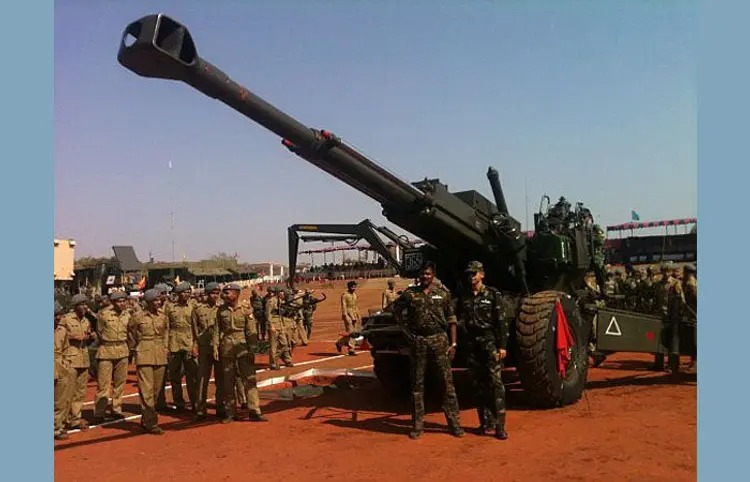76th Republic Day Special: Artillery Regiment is an important part of the Indian Army. The regiment started with a 2.5 -inch artillery. Today it has the most weapons in the world. The Artillery Regiment is a fighter branch of the Indian Army.
In a regiment of artillery, a soldier who helps in the gun is known as gunner. The Indian Army’s Artillery Regiment has the power to destroy the enemy army. The artillery has played an important role in military history for decades. This artillery is also called the ‘God of War’. It started as the Royal Indian Artillery of the British Indian Army. After independence, it came to be known as the Artillery Regiment of the Indian Army.
Celebrated as Gunners Day
The Indian Army’s Artillery Regiment was established on 28 September 1827. At that time Bombay foot artillery was erected as the eighth company of Gunner Battalion. This battalion was for gunmen. The foundation day of this unit is celebrated as Gunnard Day as part of the first artillery regiment of the Indian Army.
India was helpful in British rule
In 1668, the East India Company formed two of its artillery companies in Bombay. Subsequently, similar artillery companies were formed during the second Presidential period. This artillery was so important for the British Army that British did not include Indian soldiers in artillery. Hence Indian soldiers were kept as an assistant in artillery. These Indian assistants working in artillery were called articles.
Battalion of gunmen never dissolved
There was a revolt in Meerut on 10 May 1857. Several Indian soldiers of Bengal artillery joined the rebellion and the then three battalions of the artillery were dissolved in 1862. Subsequently, all Indian artillery units were dissolved. Only the artillery units of gunmen existed. At that time they were used for running train or other works. One of them was the 5 (Bombay) mountain battery of the Gunners Battalion, which later became an Artillery Regiment of the Royal Indian Army and later the Indian Army.
The introduction of artillery in India is credited to the Mughals
As far as the use of artillery is concerned, the Mughal Emperor Babur is credited with starting artillery in India. In the Battle of Panipat in 1526, he decisively used gunpowder weapons and land artillery to defeat the very large army of Ibrahim Lodi, the ruler of the Delhi Sultanate. However, there is evidence of the use of cannon in the Battle of Adoni in 1368 and the use of cannon by King Mohammad Shah of Gujarat in the 15th century.
The second largest branch of the Artillery Regiment Army
The Artillery Regiment is the second largest branch of the Indian Army. Its job is to provide firepower to the army during the ground operation. It is divided into two parts. The first part includes deadly weapons such as missiles, rockets, mortars, cannons, guns etc. It also has drones, radar and monitoring systems.
These soldiers have to be included in the regiment
Many traditions are associated with several cannons of artillery units. On every Dussehra, all the soldiers worship their cannon with full respect. On the occasion of Raksha Bandhan, many units also tie Raksha Sutras on cannon. This regiment has given the Indian Army the Chief of Army Staff. General PP Kumar Mangalv, General OP Malhotra, General S.F. Rodrigue, General S Padma Nawan General Deepak Kapoor’s contribution has been important. They included Sikh, Jat, Dogra, Rajput, Ahir, Gorkha, Maratha. South Indians also formed the basis of units. Today most artillery regiments include gunners from north to south, east to west and Lakshadweep, Andaman and Nicobar.
Many valor awards awarded
The Artillery Regiment is not only the pride of the Indian Army, but it has also helped international forces. 17 Artillery Regiment was part of India’s Shanti Sena in Sri Lanka and captured Jaffna. Congo has also been part of the United Nations Peace Army in Sierra Leone and Somalia. Today the Artillery Regiment has been awarded the Victoria Cross, one Ashok Chakra, seven Mahavir Chakra, 95 Vir Chakra, 12 war service medals, 77 Shaurya Chakra and 227 Army Medals.
